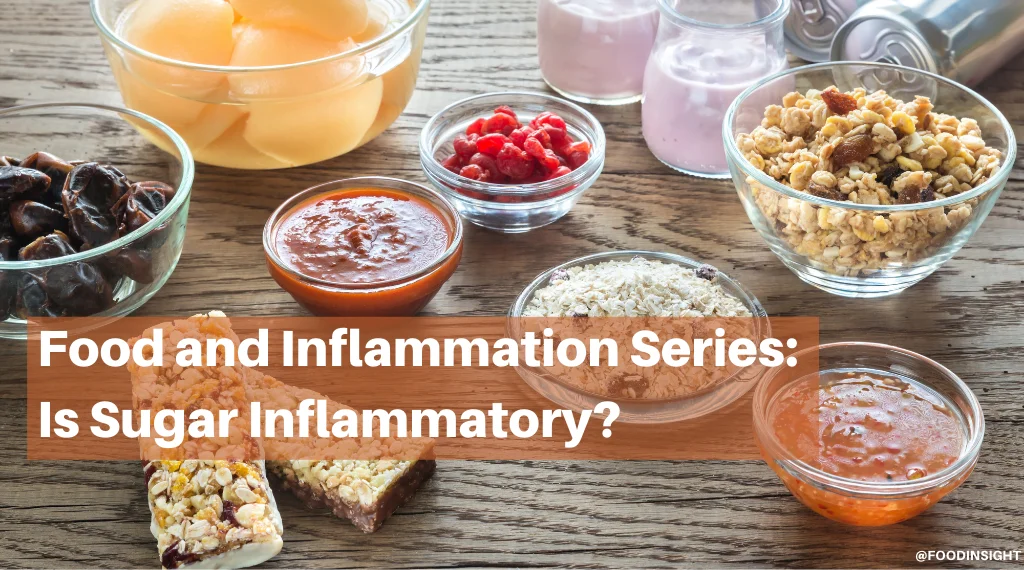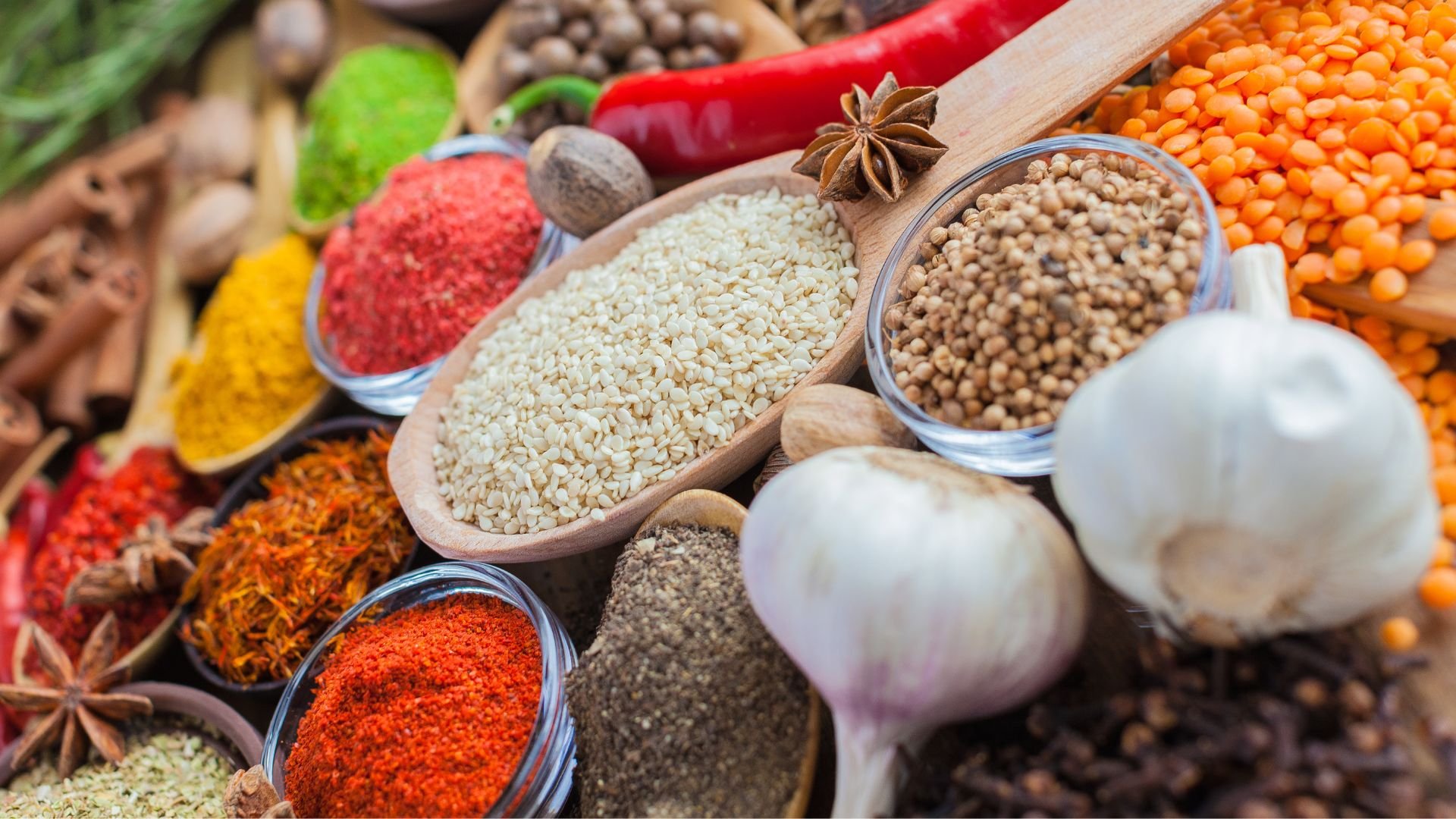
Taste plays a chief role in why we choose foods—as demonstrated by nearly two decades of our annual Food and Health Survey. But healthfulness is also an important driver of food purchases, and many people want to know how specific nutrients affect their health and well-being. In fact, many people seek out certain foods to support their energy, weight management, digestive, heart health, sleep, and immunity goals. Whether it’s a probiotic yogurt or vitamin D-enhanced mushrooms, eating more functional foods (sometimes hyped-up as “superfoods”) can improve our health, longevity, and quality of life. Read on to find out how.
What Are Functional Foods?
The term “functional foods” originated in Japan during the 1980s. In 1991, the Japanese government established a regulatory system for the labeling of “Foods for Specified Health Uses” (FOSHU) to classify foods considered to be beneficial for human health. In the U.S., the Food and Drug Administration (FDA) also regulates functional foods, despite there being no legal definition in this country.
In general, foods are considered “functional” if they provide benefits beyond basic nutritional needs, such as further enhancing health and well-being. The beneficial nutrients in functional foods may be naturally present, or they may be added during manufacturing. The production of functional foods can also include the removal or substitution of some ingredients that may improve their nutritional profile—such as fat being removed from whole milk to create reduced-fat (2%), low-fat (1%), and fat-free (skim) milks. Other examples of functional foods include fruits, vegetables, fatty fish, nuts, seeds, legumes, whole grains, and fortified or enhanced foods like cereals and probiotic beverages. As you can see, there are a wide variety of functional foods to choose from—some in their whole form, and others that have been enriched, fortified, or otherwise nutritionally enhanced.
With a better understanding of what functional foods are, let’s dive into some of their benefits.
5 Disease-Fighting Functional Foods
Functional foods get their name from their positive impact on health, which can include the ways they support disease management and prevention. Many functional foods boast benefits like improving gut health, cholesterol levels, blood pressure, triglycerides, and blood sugar levels. To reap the full benefit of functional foods, choose a wide variety as part of an overall healthy eating pattern. Here are five to consider:
Berries have deep, bold pigments of purple, red, and blue, indicating they’re rich in anthocyanins, which are antioxidants well-known for their contributions to brain and heart health. Berries are also full of pectin, a type of fiber that helps to reduce digestion speed, stabilize blood sugar, and lower cholesterol—all of which is good for heart health. Berries such as blackberries, blueberries, and strawberries are chock-full of other health-promoting, bioactive compounds like flavonols, ellagitannins, and phenolic acids, which work together to help protect us against numerous chronic diseases.
Over the years, black beans have been used in a number of ways to enhance the nutritional value of foods, from brownies to burgers. Black beans are an affordable and versatile staple food for people worldwide. Not to mention, they’re brimming with good nutrition. Just a half-cup of black beans offers eight grams of fiber for better digestive health and blood sugar control, along with eight grams of protein to help keep you feeling full. Plant protein sources such as black beans also benefit heart health by improving cholesterol.
Green tea
This calming beverage may offer far more than warm comfort on a cold day. Green tea boasts an array of bioactive compounds called polyphenols, including catechins such as epigallocatechin gallate (EGCG) and flavonoids. These components can have positive effects on managing body weight and reducing our risk for developing health conditions such as cardiovascular disease and diabetes. The health benefits of drinking green tea are dose-dependent and some varieties naturally contain caffeine, so if you end up upping your green tea intake, check out our caffeine calculator to help monitor your caffeine intake.
Nuts and seeds
Unless nut and seed allergies are present, these foods are friends to tons of eating styles. And they are heart-healthy too, which is why they are called for in the Mediterranean and Dietary Approaches to Stop Hypertension (DASH) diets. Nuts are loaded with dietary fiber, vitamin E, folate, potassium, protein, monounsaturated fatty acids (MUFA), and polyunsaturated fatty acids (PUFA). Chia seeds, flaxseed, and walnuts are especially high in PUFAs in the form of plant-based omega-3 fatty acids, which are known to benefit heart and brain function. Peanuts are especially high in protein, and a good source of fiber.
All on their own, many yogurts have protein, calcium, carbohydrates, B vitamins, and active cultures. Some yogurt varieties are made to contain a large amount of active probiotic cultures, which both increase their shelf life and promote gut health. While yogurt consumption is associated with good health, probiotic yogurts are thought to be even more beneficial for some health conditions, specifically those affecting the gastrointestinal tract.
Three Tips for Eating Functional Foods Regularly
Eat the Rainbow (of Fruits and Veggies)
The best part about painting plates with colorful arrays of plant-based foods is that the powerful antioxidants, vitamins, and minerals work to protect the body from disease and boost well-being. When it’s time to eat a meal or snack, remember to include plants of all colors, even just one plant at a time. Whether it’s red peppers, orange peaches, yellow bananas, leafy greens, blueberries, or purple carrots, adding vibrant hues will brighten the nutritional value of your favorite dishes.
Cooking with a favorite vegetable oil, drizzling olive oil on a raw salad, or slicing avocados for a smoothie are easy ways to make healthy fats a priority. Chia seeds, walnuts, almond butter, and fish like salmon and sardines are also loaded with heart-nourishing fats. Remember, if it’s good for the heart, it’s also good for the brain! And who doesn’t want a brain boost?
The human gut contains trillions of good “bugs” that live harmoniously. Medications, illnesses, and diet are some factors that disrupt that harmony in the gut. Consuming more gut-friendly food sources of prebiotics and probiotics can help our gut and the rest of our body function at peak capacity. Prebiotics feed our gut microbes; vegetables, fruits, whole grains and legumes like peas and beans are among the best sources of naturally occurring prebiotic fiber. Fermented foods and cultured foods such as kefir, most cheeses, yogurt and non-heated kimchi and sauerkraut, kombucha and miso pack a probiotic punch.
The Bottom Line
Functional foods are a diverse group of foods that offer tremendous health benefits. They can provide a range of nutrients that are known to promote health and fight disease, and everyone can benefit from incorporating more functional foods into their eating patterns. And fortunately, most of us eat more functional foods than we realize! But if you feel you’re running low on options, try one of the five functional foods listed above. Start small by focusing on just one tip at a time, and you’ll be on your way to better nutrition and health.



